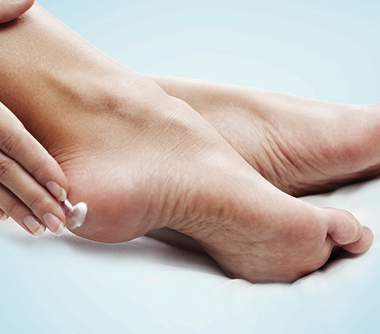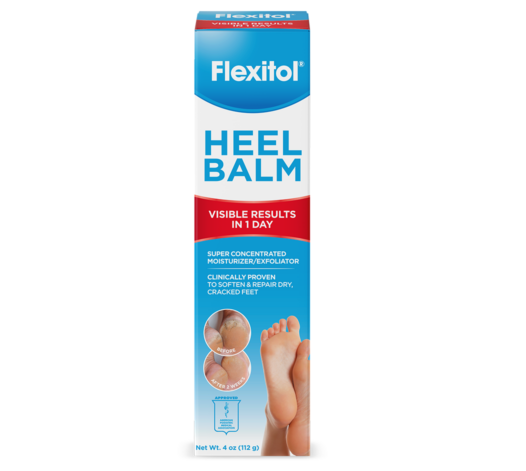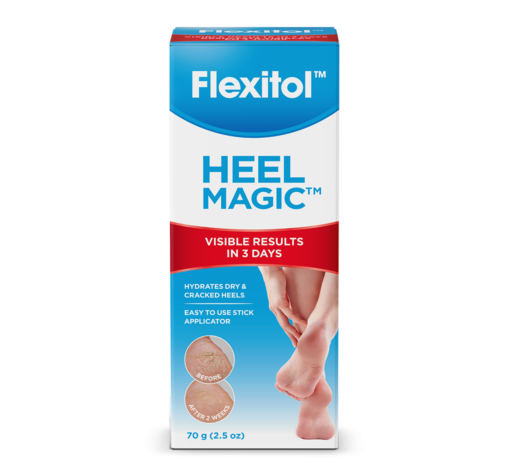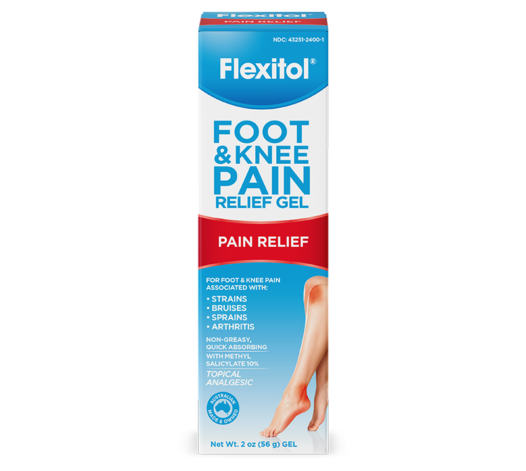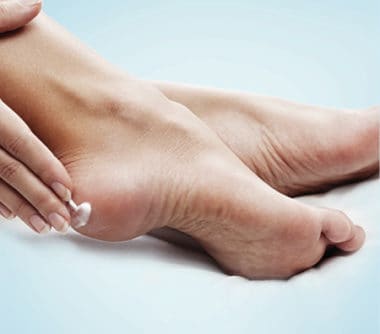Soft feet
This heel balm is the best I have ever used. Not greasy or stick. Soaks right into your skin.
I could tell my feet were softer and smoother after only one use. I have told all of my friends to buy it.
Amazing!!!
Really works!
My feet and hands are really dry right now because of the dry weather. I googled a few remedies and this came up. Was relatively inexpensive so I tried it. Overnight I can see a marked improvement. I know it says for heels, but I use it whenever my skin is cracking or super dry.
Christopher H., United States
Really seems to help!
I have pretty chronic knee pain and there is very little that I can do about it. Mind you, it’s not the worst pain, but it is very persistent. When I can find something to help that is not a medication, I am willing to try it. This topical solution does offer some relief of the aching, even if only for a little while. I have sensitive skin so I always worry about reactions, this seemed to be totally fine for me.
IDad ID4, United States
Nice cooling effect!
This gel helped my foot feel better with a nice cooling effect that smells great. The consistency is perfect and easy to apply as it’s not too thick. Nice to find something with a different smell than the menthol that these normally smell like. Great help for pain relief.
JP, United States
Easy Application!
If you’re a Flexitol user you’ll love not having to get cream on your hands to apply. If you have some difficulty reaching your feet, this makes it easier to treat your callus build up. If you’ve never used Flexitol, it’s an excellent product that’s fairly inexpensive. I work in a wound clinic and this is what we recommend..
Kim, United States
Amazing Product!
I usually don’t post reviews! But I feel I need to this product! I was skeptical at first just because there are tons that say they work! But this product is amazing after 2 days the cracks on my heels are gone! Not to greasy and doesn’t have a bad smell! N it doesn’t take much so it will last a long time! Definitely recommend buying it
Bobbie M., United States
View our entire range
As featured in









